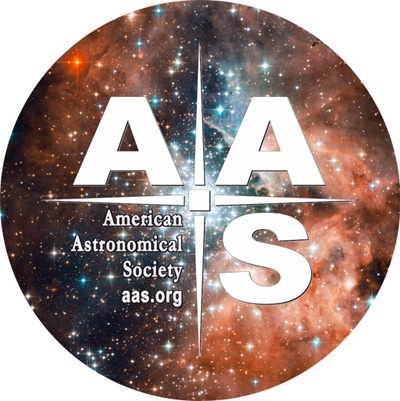22 June 2020
Susanna Kohler

This image from a simulation shows how the the large, red supergiant star Betelgeuse may have been created by the tidal disruption and merger of a binary star within the past few hundred thousand years.

QueenBee2 (QB2) computing cluster at LSU’s Center for Computation and Technology (CCT) was mainly utilized for the 3D merger simulation.

Some other analyses were done on the SuperMike II cluster also at CCT
Betelgeuse — a prominent star in our night sky — has recently made headlines due to its unexpected, sudden dimming and rebrightening. But the supergiant has other quirks, like how it’s hurtling rapidly through space as a “runaway” star, or how it spins unusually fast for its size. A team of Louisiana State University researchers led by Manos Chatzopoulos has now performed simulations that show that Betelgeuse’s odd properties could be explained if the supergiant was formed by the merger of an unequal-mass binary star system in the relatively recent past. To learn more about the authors’ results, check out the original article below.

Betelgeuse merger full
The full view of two frames from one of the authors’ simulations. The left image shows the original configuration of the unequal-mass binary star system; the right image shows the tidal disruption of the secondary around the core of the primary. [Chatzopoulos et al. 2020]
Citation
“Is Betelgeuse the Outcome of a Past Merger?,” E. Chatzopoulos et al 2020 ApJ 896 50.
https://iopscience.iop.org/article/10.3847/1538-4357/ab91bb
See the full article here .

five-ways-keep-your-child-safe-school-shootings
Please help promote STEM in your local schools.

AAS Mission and Vision Statement
The mission of the American Astronomical Society is to enhance and share humanity’s scientific understanding of the Universe.
The Society, through its publications, disseminates and archives the results of astronomical research. The Society also communicates and explains our understanding of the universe to the public.
The Society facilitates and strengthens the interactions among members through professional meetings and other means. The Society supports member divisions representing specialized research and astronomical interests.
The Society represents the goals of its community of members to the nation and the world. The Society also works with other scientific and educational societies to promote the advancement of science.
The Society, through its members, trains, mentors and supports the next generation of astronomers. The Society supports and promotes increased participation of historically underrepresented groups in astronomy.
The Society assists its members to develop their skills in the fields of education and public outreach at all levels. The Society promotes broad interest in astronomy, which enhances science literacy and leads many to careers in science and engineering.
Adopted June 7, 2009
